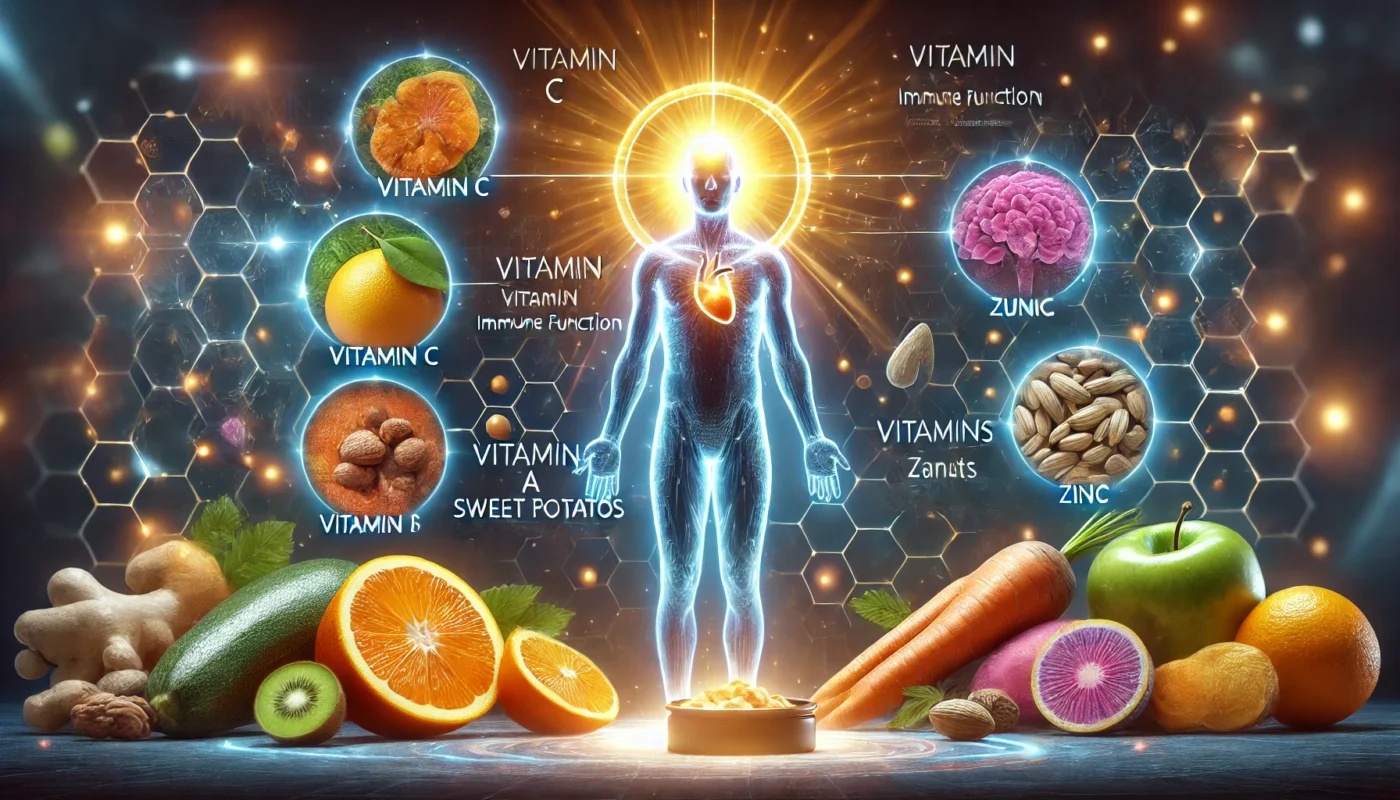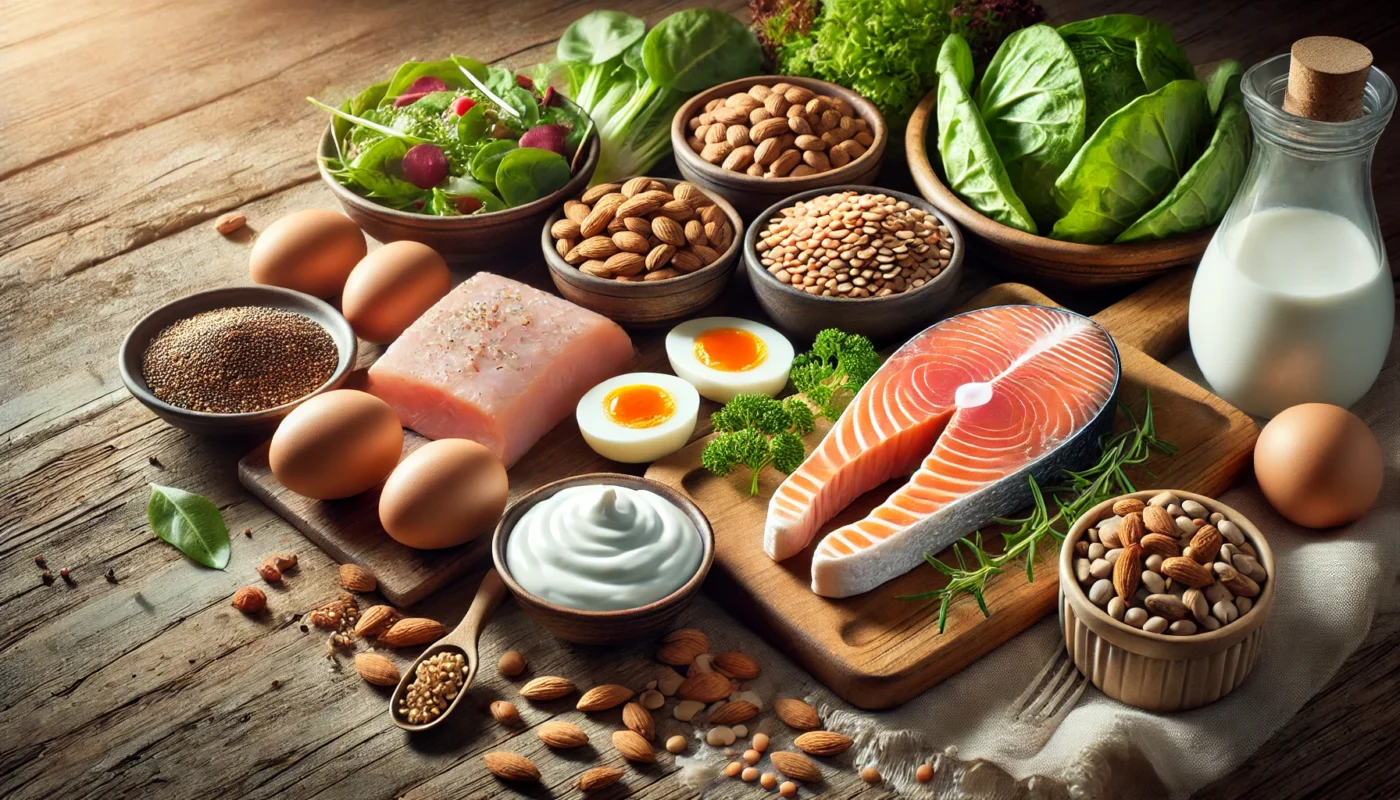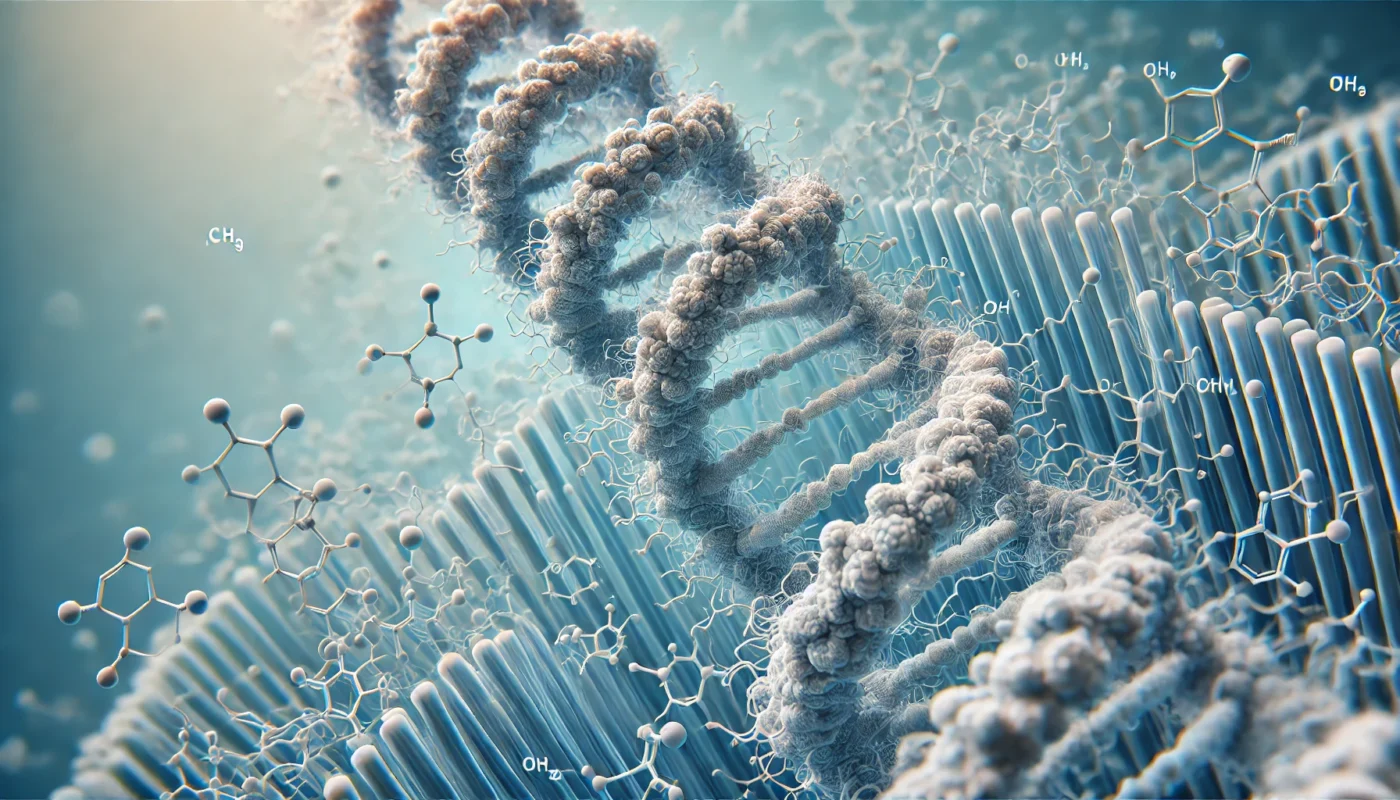Before diving into specific nutrients, it’s crucial to understand the fundamental role nutrition plays in wound healing. The process of wound healing is energy-intensive, requiring a myriad of nutrients to repair tissues, fight infection, and regenerate new cells. A deficiency in vital nutrients can lead to delayed healing and increased susceptibility to infections. Therefore, ensuring […]
Tag Archives: amino acids
When it comes to healing, particularly after surgery or injury, your body requires certain nutrients to repair tissues and restore health. Among these nutrients, protein plays a pivotal role. This article delves into how protein-rich diets can enhance healing efficiency, supported by scientific research and practical advice.
Proteins are vital macromolecules and the primary building blocks of muscle tissue, playing a crucial role in muscle synthesis and repair. During resistance training and other forms of exercise, you induce micro-tears in your muscle fibers, necessitating repair for growth. Proteins facilitate this repair and growth process, leading to muscle hypertrophy. Without adequate protein, the repair process stalls, potentially leading to muscle deterioration, reduced strength, and an increased risk of injury over time.
Moreover, proteins supply essential amino acids that are not produced by the body. These amino acids are critical for synthesizing new muscle tissue and maintaining the integrity of existing muscles. A lack of these building blocks can hinder your progress and make it challenging to achieve desired fitness outcomes.
Collagen is a buzzword in the health and wellness industry. It’s touted for its potential benefits, from promoting skin elasticity to supporting joint health. But what exactly is collagen made of?
At its core, collagen is a protein. It’s the most abundant protein in the human body, in fact. It forms a vital part of our connective tissues, lending structure and strength to our skin, muscles, tendons, and ligaments.
The building blocks of collagen are amino acids. These are primarily glycine, proline, hydroxyproline, and arginine. The synthesis of collagen in our bodies requires certain nutrients, including vitamin C, zinc, and copper.
As we age, our body’s natural production of collagen declines. This can lead to visible signs of aging, such as wrinkles and sagging skin. Environmental factors, like UV exposure and smoking, can also degrade collagen.
This has led many to turn to collagen supplements. These are typically derived from animal sources and broken down into smaller peptides for better absorption. But do they work? And how can you incorporate collagen into your lifestyle in a practical way?




